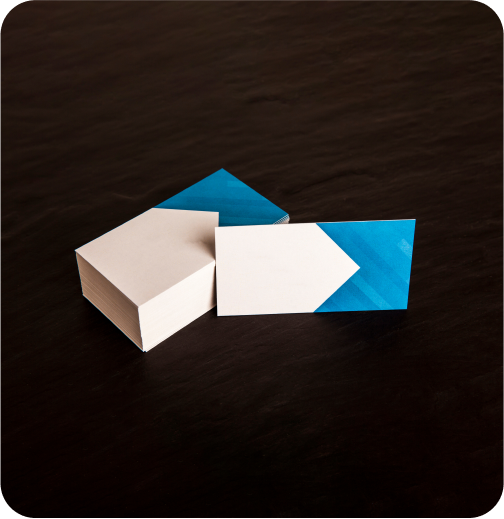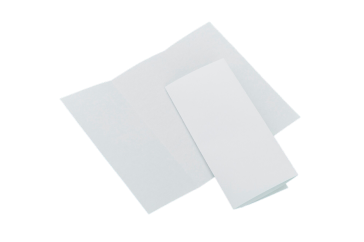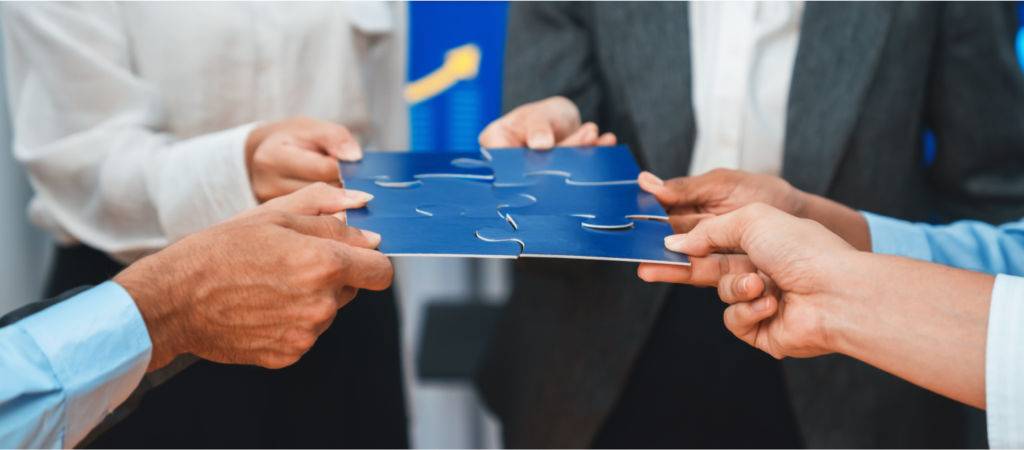The Purpose of a Business Card Graphic
A graphic design business card is an essential component for professional networking and communication in the business world. A business card design is not only a piece of paper containing your contact information; it is a visual representation of your brand, a physical asset that creates a lasting impression on prospective customers, business partners, and coworkers. Throughout this blog, we will dig into the complexities of business card design and graphic design business card, investigating their function, the components of their design, the many sorts of business cards, and their influence on professional encounters.
The Purpose of a Business Card Graphic
A business card serves several essential functions:
- Verification: It gives the receiver your full name, business, job title, and contact information.
- Representation of the company: It is a visual expression of the values, professionalism, and character of your company.
- As a memory aid, it aids the receiver in recalling your identity and activities, which might lead to further communication.
- Showing professionalism in business means you are well-prepared and take your responsibilities seriously.
A graphic design business card effectively combines these purposes, making it a powerful tool in your business arsenal.

Key Design Elements of a Business Card Graphic
A number of essential design components are required in order to create an effective business card. It is necessary to incorporate each component with careful consideration in order to create a card that is coherent and visually attractive.
Layout and Structure
When designing a business card, the layout must be neat and well-organized. To achieve this, it is customarily necessary to strategically position both text and visuals in order to guarantee readability and aesthetic equilibrium. Among the most common structures are:
- Horizontal: The most traditional and widely used layout.
- Vertical: Offers a modern twist and can help a card stand out.
- Double-Sided: Allows more space for information and design elements without cluttering the front.
Typography
The legibility of the card as well as its visual appeal are both substantially impacted by the typefaces that are used. Some important factors to consider are:
- Font Style: Should align with your brand’s personality (e.g., formal for law firms, creative for design agencies).
- Font Size: Must be legible, typically ranging from 8 to 12 points.
- Hierarchy: Emphasize important information like your name and company with larger or bolder fonts.
Color Scheme
Colors have the ability to elicit feelings and ideas. It is possible to improve the visual impact of your business card by selecting the appropriate color scheme:
- Brand Colors: Use colors that reflect your brand’s identity.
- Contrast: Ensure there is enough contrast between the text and background for readability.
- Psychology: Different colors convey different messages (e.g., blue for trust, red for energy).
Graphics and Logos
Brand awareness is improved and a more professional appearance is achieved via the use of graphics and logos:
- Logo Placement: Typically positioned at the top or corner of the card.
- Graphics: Can include patterns, icons, or images that relate to your business.
- Quality: Ensure all graphics are high-resolution to avoid pixelation.
Material and Finish
There is a correlation between the material and finish of your business card design and the tactile sensation and longevity of the card:
- Paper Quality: Options range from standard to premium, affecting the card’s sturdiness.
- Finish: Matte, glossy, or textured finishes can enhance the visual and tactile appeal.
Take you
BUSINESS
to the Next Level
Types of graphic design business card
Distinct varieties of business cards are available, and each one caters to a distinct set of requirements and preferences. This is a list of some popular types:
Standard Business Cards
This is the most frequent form, and it normally measures 3.5 inches by 2 inches for the most part. In a manner that is easy to understand, they provide the necessary information.

Premium Business Cards
These cards have a more opulent appearance because they are made with materials and finishes of a better grade. For example, they are made of thicker cardboard, embossed, or metallic foiling.

Die-Cut Business Cards
These business cards are carved into one-of-a-kind forms that are reflective of the identity of the company or the industry, which makes them memorable and distinguishable.
Digital Business Cards
Electronic business cards, sometimes referred to as e-cards, are digital reproductions of conventional business cards that are typically sent via the use of cell phones or electronic mail.

Folded Business Cards
These include a fold, which is akin to a mini-brochure, which allows for additional area for information to be distributed.

The Impact of Business Card Graphics on Professional Interactions
Your professional encounters might be greatly influenced by a well-designed business card. Give it a try:
First Impressions
The majority of people will initially come into contact with your brand via your business card. A card’s design has the power to make an impression.
Brand Recall
The chances of the receiver remembering you and your brand are higher if your business card is both distinctive and aesthetically pleasing.
Professionalism
Your reliability and trustworthiness may be boosted by presenting a high-quality business card that demonstrates professionalism and meticulousness.
Networking
The key to creating an impression at networking events and ensuring that people remember you is to have a unique business card.
Marketing
A business card is more than just a means of contact; it’s a little advertisement for your company’s mission and products.

Tips for Creating an Effective Business Card Graphic

To create an effective business card graphic, consider the following tips:
- Keep it Simple: Avoid clutter by focusing on essential information.
- Consistent Branding: Ensure the design aligns with your brand’s visual identity.
- Use High-Quality Images: Avoid pixelated or low-resolution images.
- Readable Fonts: Choose fonts that are easy to read and appropriately sized.
- Proofread: Double-check for any spelling or grammatical errors.
Conclusion
To summarize, a business card design is more than just a card with contact information. It is a strategic tool that blends design, branding, and communication to make a lasting impact on the receivers. Understanding the purpose, design aspects, kinds, and effects of business card graphics will allow you to develop a business card that stands out and improves your professional image and networking opportunities. Whether you are a seasoned professional or a young entrepreneur, putting in the time and effort to develop an attractive business card graphic may pay off in terms of business connections and prospects.
